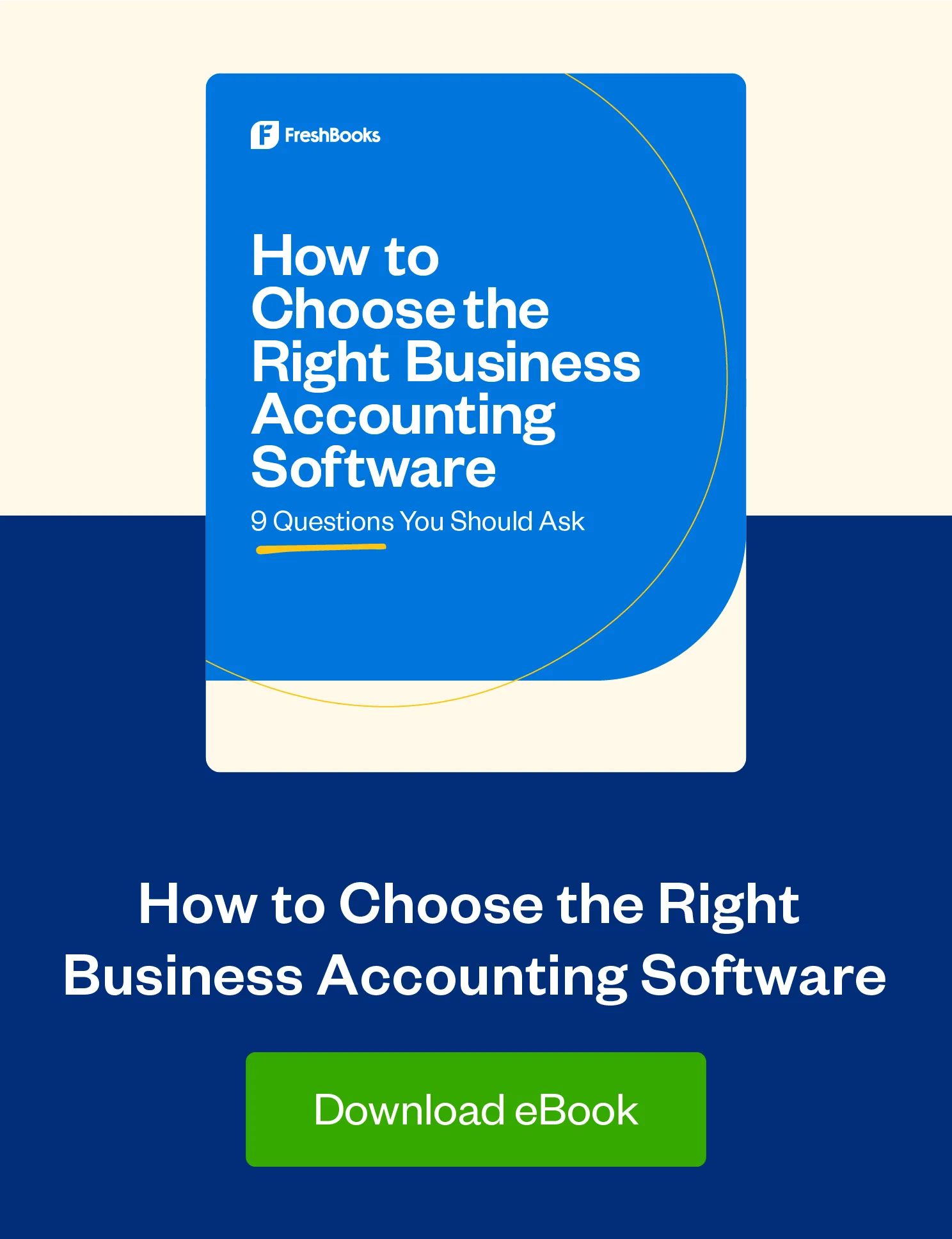Learn the basics of what employers should know about the P45, including what information you need to include, when you need to issue one, and how you report it to HMRC.

Whenever an employee leaves your business, you need to complete a P45. This is a legal requirement, so let’s make sure you’ve got all the details you need to be fully compliant.
Table of Contents
What Is a P45 Form
The title of the P45 form is “Details of employee leaving work”. It’s an integral part of the overall PAYE system. The P45 is designed to ensure that taxpayers continually pay the correct amount of tax to HM Revenue and Customs (HMRC). Smooth communication between employees, employers, and HMRC is crucial to its efficiency.
It means that a new employer can use the information you provide to make sure your ex-employee doesn’t pay too much tax when they start a new job. They don’t have to calculate how much tax to send to HMRC; they can just apply the correct tax code for the current tax year.
And it saves you time on paperwork when you’re the one welcoming someone into a new job.
P45s Are Split Into 4 Parts
Part 1: As a previous employer, you send Part 1 to HMRC to tell them that your employee has left. HMRC records the details in their personal tax records.
Part 1a: You give it to the employee who’s leaving so they have it for their records.
Part 2: Copy for your former employee to give to their new employer to keep.
Part 3: Copy for your ex-employee to give to their new employer to register them as a new employee with HMRC.
The 4 parts to the P45 ensure that everyone involved knows how much tax has been paid and should be paid in future jobs.
Your responsibility is to send Part 1 to HMRC and give Parts 1A, 2, and 3 to your former employee who’s leaving. And, as the old employer, keep a copy in your HR and payroll records for at least 6 years.
What Information Do I Need to Include on a P45?
A P45 contains all the relevant income and tax information that HMRC and a new employer need to make sure your ex-employee remains on the correct tax code. This includes:
- PAYE reference number
- Name and other personal details of leaving employee
- National Insurance number
- Leaving date
- Tax code at leaving date
- Student loan repayments to continue—a yes or no, not an amount
- Total pay and tax deducted during their entire employment with you
- Your name and address
As you can see, it’s information that you have in your payroll records. Nothing unusual or additional. Just basic details, pay, and tax information. You don’t even need their National Insurance deductions or pension contributions.
Do I Give a P45 to All Leaving Employees, Regardless of the Circumstances?
The reason why an employee is leaving makes no difference to your obligation to complete a P45. You must issue P45s in all the following situations:
- Contract has ended
- Employee hands in their notice to leave because they’re changing jobs
- Dismissal, for any reason
- Redundancy
- Retirement
You must give a P45 to leaving employees with any kind of employment contract, including:
- Permanent
- Temporary
- Full-time
- Part-time
- Zero hours
As their former employer, you’re telling HMRC and their new employer how much tax they paid and how much they earned in their last job. The way they worked for you and their reason for leaving are not important factors here.
How Do I Report a P45 to HMRC?
HMRC’s guidance says you should “use your payroll software” to generate your P45s. If you’re exempt from filing online, or your software can’t do this, then you can download HMRC’s basic PAYE tools.
Ideally, you’ll be using one of the great payroll apps that fully integrate with your FreshBooks account. So all you have to do is put their leaving date on your payroll record, make usual deductions in your next Full Payment Submission (FPS), and give your employee their P45.
The timescale for giving your leaving employees their P45 isn’t specifically determined by HMRC. The rules state: “On the day on which the employment ceases or, if that is not practicable, without unreasonable delay.”
Why Does a P45 Matter?
There are several reasons why P45s matter to you and to your employees:
- You need to issue them to meet your legal obligations.
- They make sure that your employees are never paying too little or too much tax because they have the correct tax code.
- It means that your ex-employees avoid getting an emergency tax code when they start their new job. This can save them a lot of money when they first get paid by their new employer.
- The Department for Work and Pensions (DWP) needs a P45 to process subsequent claims for benefits and Jobseeker’s Allowance smoothly.
- On retirement, your previous employees will need to give their P45 to their pension provider to make sure they aren’t paying too much tax on any withdrawals they make from their pension pots.
- You need a P45 to claim tax refunds.
- If your ex-employee has other jobs and is required to fill in a tax return, they’ll need their P45.
- It’s how you tell HMRC about a new employee.
How Long Is a P45 Valid For?
A P45 is valid for the tax year in which it was issued. So, if you hire a new employee with a P45 outside that deadline, they must complete a ‘starter checklist’ instead. This replaces the old P46. You can’t get a replacement P45, so if your new employee has lost their P45, they’ll also need to go through the starter checklist.
P45 Form vs a Starter Checklist
If you have a new employee starting a job that arrives on their first day without a P45, it’s your responsibility as the employer to get the employee to complete a starter checklist (formerly a P46 form). Once complete, you will need to enter this information into your payroll system.
If your payroll software doesn’t generate an appropriate starter checklist, then the next best place to get one is from the U.K. Government website. This starter checklist allows you to calculate temporary tax year codes that you will use until notified of new tax codes by HMRC, or from a P45 later submitted by the employee.
When an employee leaves their job at your company, you should provide them with a P45 along with their final payslip. Please note that these 2 documents may not be readily available at the same time and might not be available until after employment is over, they have left your company, and their final payroll has been processed.
Employer P45 Form Summary
Now that you understand what a P45 is, why you need it, and the timing tied to using it, you can easily navigate it when an employee starts a job with you and finishes a job with you. Using this form once should make it crystal clear what a small task it is, and thank goodness for those as a business owner.
This post was updated in January 2024.

Written by Claire McCabe, Freelance Contributor
Posted on February 25, 2022
This article was verified by Levon Kokhlikyan, ACCA

 What Is a P60 Form or ‘End of Year Certificate’ in the U.K.?
What Is a P60 Form or ‘End of Year Certificate’ in the U.K.? What Is a P11D Form in the U.K., and Why Does It Matter?
What Is a P11D Form in the U.K., and Why Does It Matter? What Is IR35? Here’s What You Need to Know
What Is IR35? Here’s What You Need to Know





